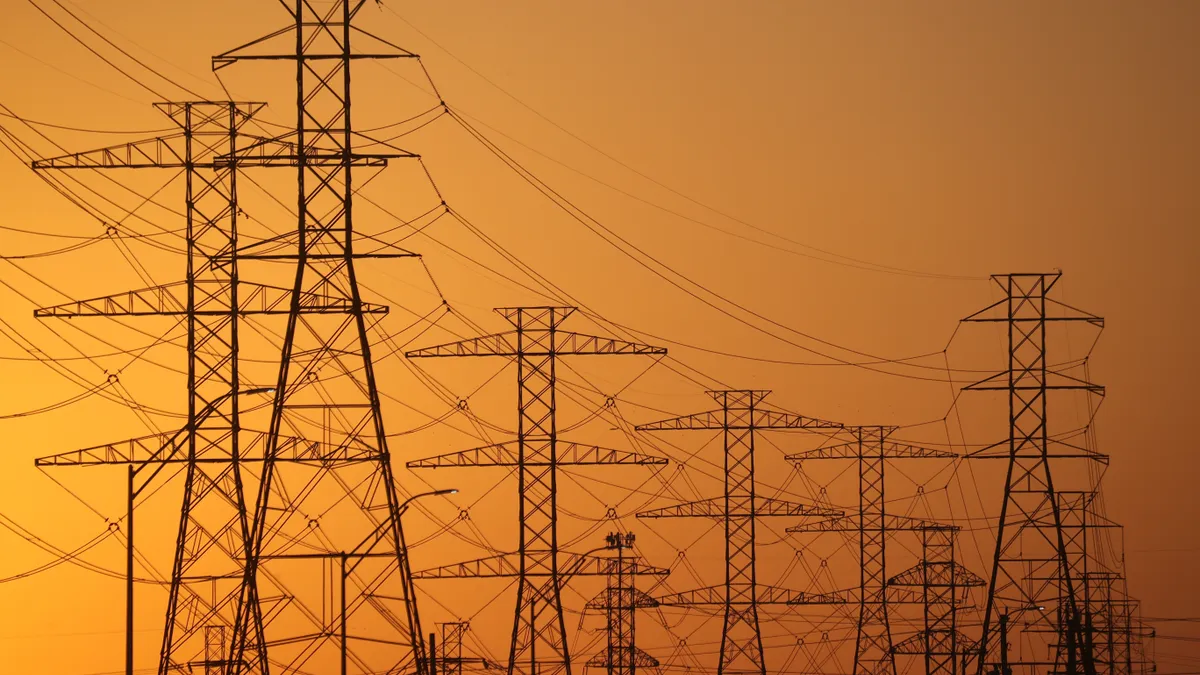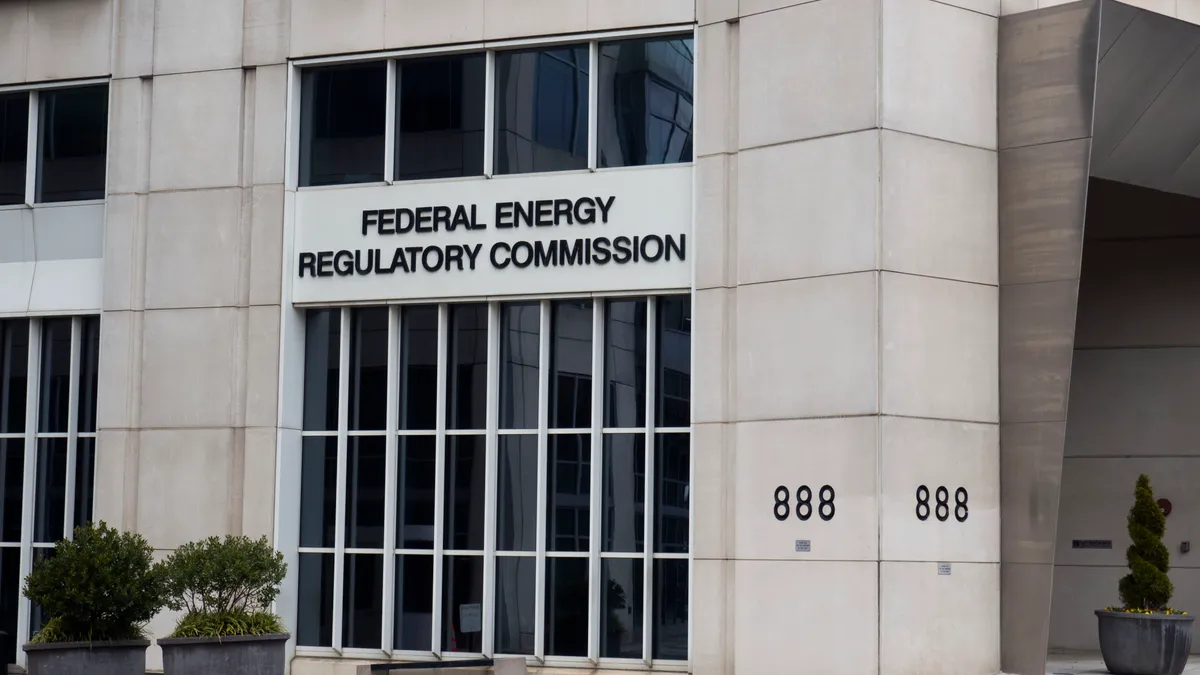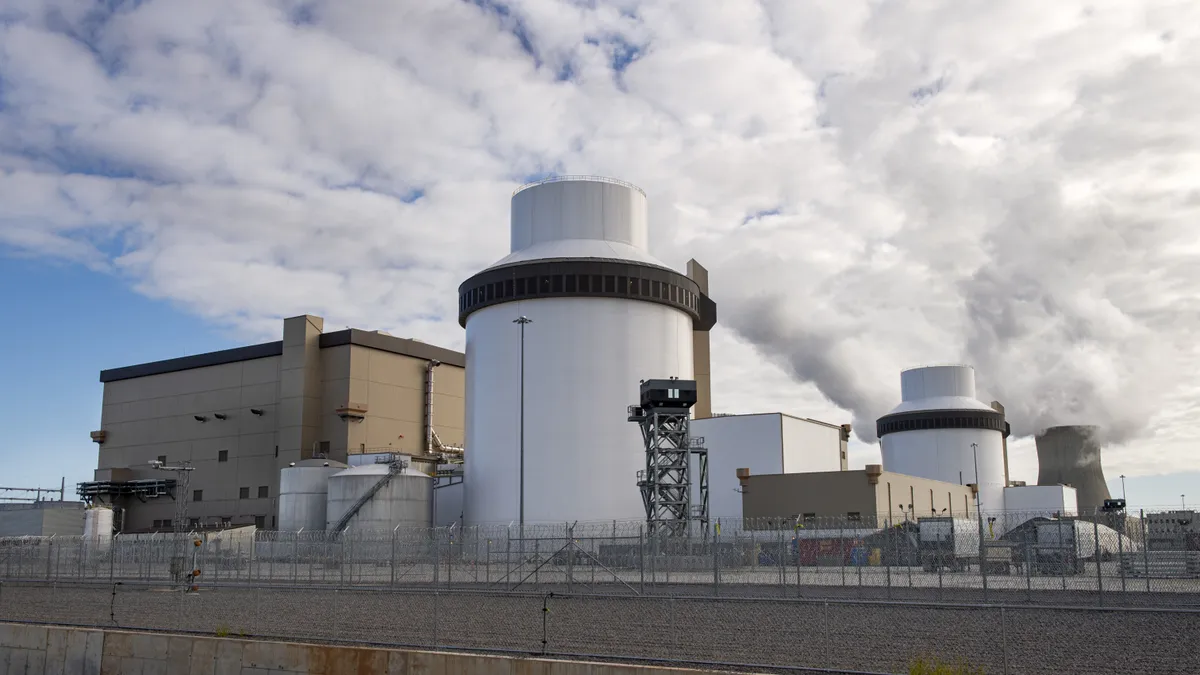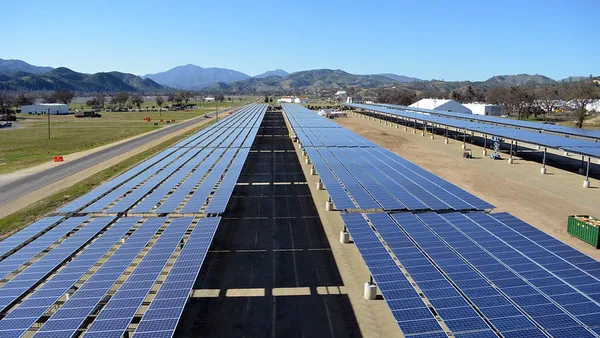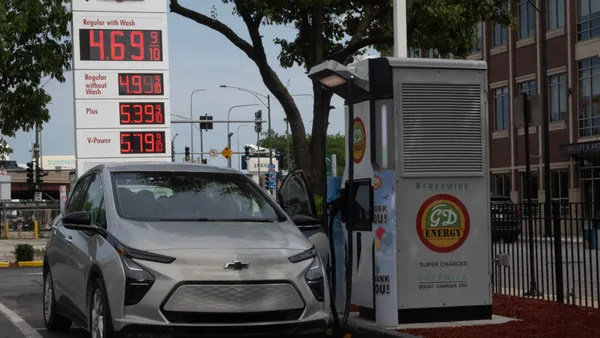Dive Brief:
- Thirty-eight states and the District of Columbia took a total of 105 policy actions on virtual power plants and distributed energy resource aggregations in 2024, the NC Clean Energy Technology Center and the Smart Electric Power Alliance said Monday.
- Ten states, including California, Texas and Illinois, took four or more VPP- and DER-related actions in 2024, with emphasis on programs using battery storage or multiple types of DERs and an expectation for “continued momentum” in 2025, the organizations said in a report titled “The 50 States of Virtual Power Plants and Supporting Distributed Energy Resources.”
- “We expect to see additional policy and utility programs [in 2025], including at some of the largest investor-owned utilities in the country and in many states with substantial load growth projections,” SEPA Director of Emerging Technology Lakin Garth said in a statement.
Dive Insight:
Virtual power plants and DER aggregations may offer crucial short-term flexibility amid anticipated load growth from new data centers, re-shored manufacturing operations and electrified transport. U.S. electricity demand is expected to increase 15.8% by 2029, Grid Strategies said in December — a 456% jump from load growth forecasts over the previous two years.
A congested interconnection queue and long lead times for critical equipment mean new generation resources can take many years to connect to the grid. In contrast, utilities and grid operators can plan and deploy new VPPs within 12 months, RMI said in a July 2024 report.
Deploying VPPs at scale can also reduce the need for long-term power system investments. A 60-GW nationwide deployment could help meet future U.S. resource adequacy needs while avoiding $15 to $35 billion in infrastructure costs over the next 10 years while providing up to $20 billion “in additional societal benefits… such as those related to emissions and resilience,” according to a 2023 Brattle Group report.
U.S. lawmakers and regulators appear increasingly aware of VPPs’ potential value. Garth called 2024 “a pivotal year for VPPs and supporting DERs.”
The NCCETC-SEPA report called out five particularly noteworthy VPP developments in 2024:
- Colorado and Maryland passed laws requiring investor-owned utilities to develop VPP program proposals, NCCETC and SEPA said. In Colorado, Xcel Energy is seeking approval from the public utilities commission for up to 125 GW of VPP capacity.
- Xcel Energy is also leaning into DERs in Minnesota, where it’s seeking approval from the public utilities commission to integrate DERs into its resource plan and procure up to 1 GW of DER capacity, the report said.
- Meanwhile, the North Carolina Utilities Commission approved Duke Energy’s PowerPair VPP program, which incentivizes distributed solar and storage while allowing the utility to test a range of control and tariff models, the report said.
- And Washington State lawmakers passed a law requiring Puget Sound Energy to offset at least 10% of winter and summer peak demand through demand response and flexibility by January 2027, NCCETC and SEPA said.
“There is a growing focus on utility programs that leverage battery storage or multiple types of DERs, as well as overarching state frameworks for VPP programs,” NCCETC Managing Director of Policy and Markets Autumn Proudlove said in a statement.
States, regulators and utilities will continue to advance VPP and DER policies in 2025, NCCETC and SEPA said.
Developments to watch in the year ahead include potential modifications to California’s Demand Side Grid Support program, including a new “emergency load flex VPP” incentive option; a residential and small commercial solar and battery pilot program in Georgia Power’s 2025 integrated resource plan; pilot programs from Illinois utilities Commonwealth Edison and Ameren; and an expansion of the Electric Reliability Council of Texas’s Aggregate Distributed Energy Resource program pilot from 80 MW to 160 MW capacity, with a corresponding elimination of load zone limits, the report said.


